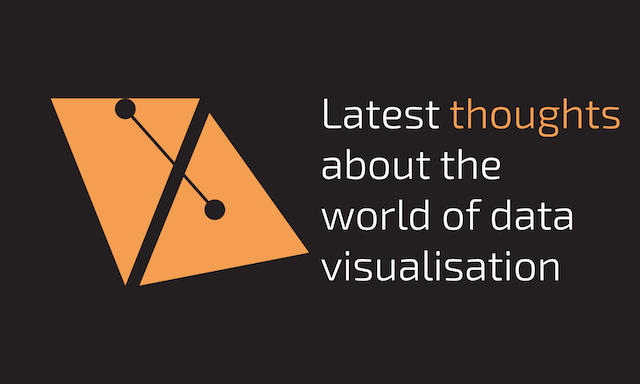
Visualising the World Cup: Reflections
On the excellent DataVisualization.ch site, Benjamin has posted an interview that shares some of his thought about the various World Cup visualisations, infographics and interactives
Visualisingdata.com was originally launched in 2010 originally to serve as a blog to help continue the momentum of my learning from studying the subject via a Masters degree. I continue to publish articles and share announcements that track developments in my professional experiences as well as developments in the data visualisation field at large.
This is a collection of all my published posts, starting with the newest and dating back to 2010, tracking. These posts include articles, design commentaries, podcast updates, professional updates, and general news from across the data visualisation field.

On the excellent DataVisualization.ch site, Benjamin has posted an interview that shares some of his thought about the various World Cup visualisations, infographics and interactives

A couple of months ago I discussed the issue of how the excitement and hype around the visualisation/information design field, whilst justified, was a bit
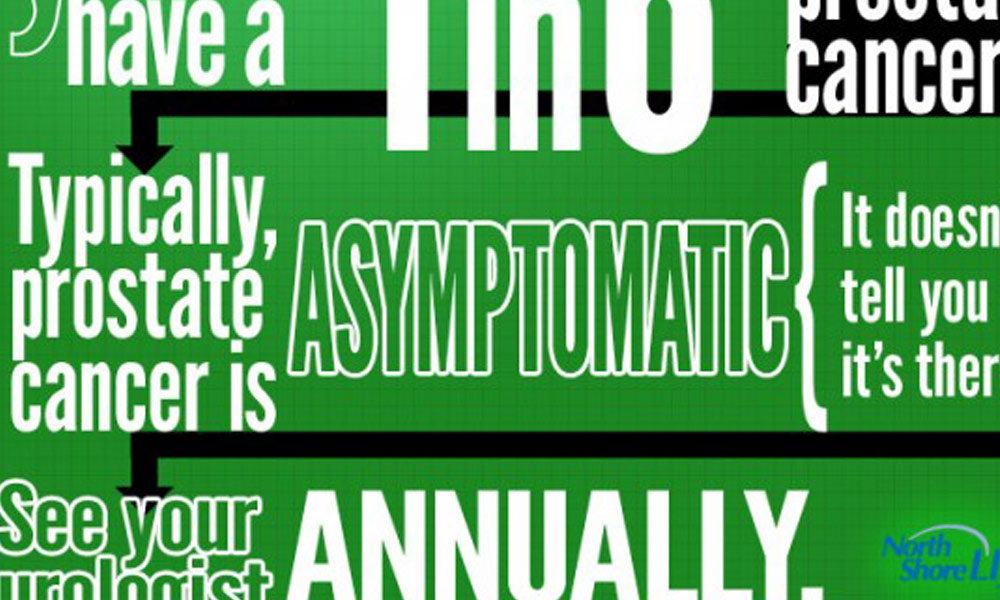
The waiting room A few weeks ago I was sat in a doctor’s waiting room area trying to kill time before an appointment. Normally, my

As reported by ResellerNews, Microsoft has today released PivotViewer – an interactive visualisation tool designed to help browse, organise and analyse massive image collections and
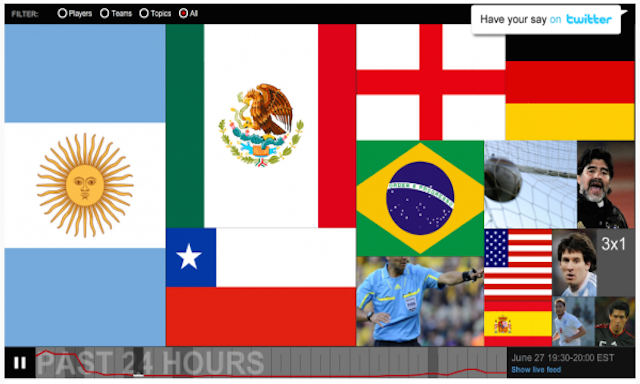
Following the popularity of my recent posts about visualisations and information designs relating to the World Cup, here is a third instalment. I wasn’t intending to produce a third collection, because you can only get so much mileage from the same subject matter, however, I’ve been lucky to have received many additional suggestions.

No, I’m not launching a career in the blues, but as I have done on a couple of occasions in the past, and more for my
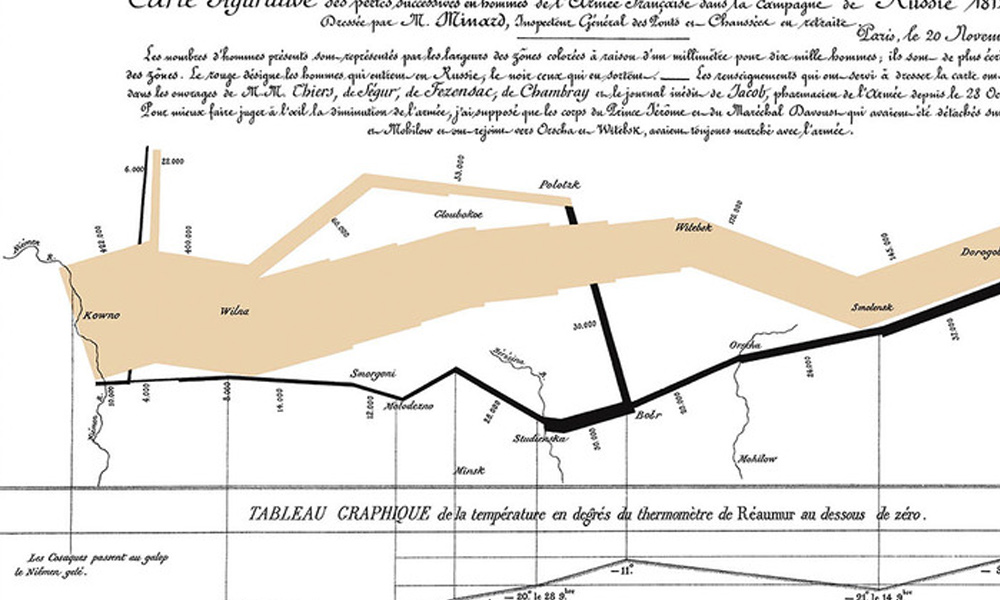
Well I’ve managed to hold off for 53 posts but finally I’m compelled to discuss Minard’s 1869 graph depicting Napoleon’s 1812 march on Moscow, a graph
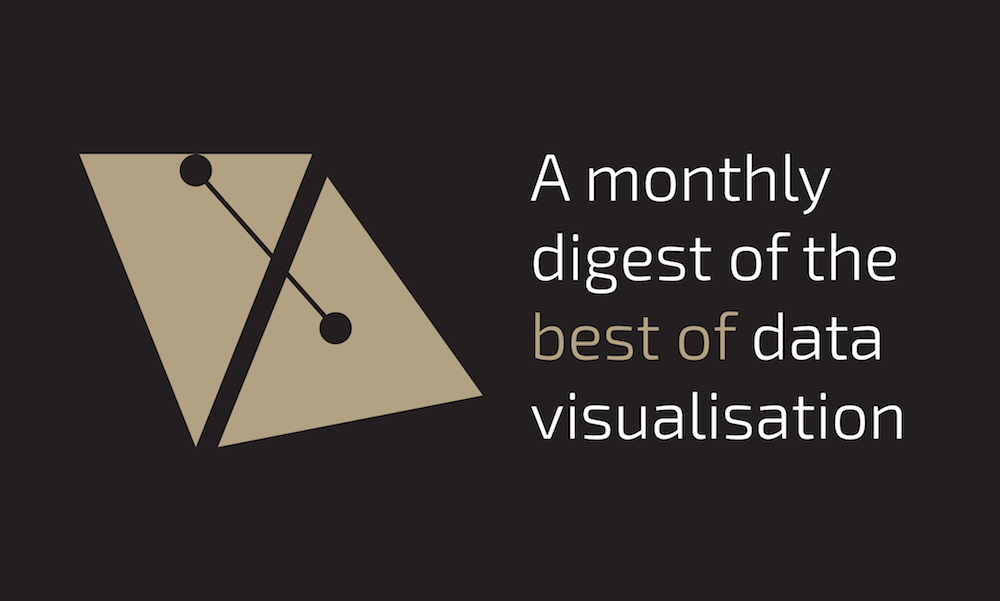
Here are some of the most relevant, interesting and useful articles I’ve come across during May 2010.
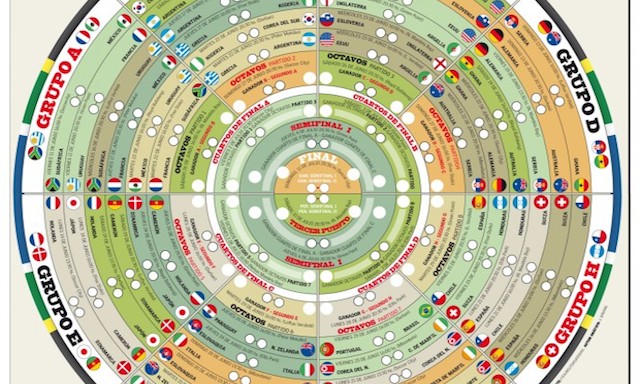
Following the popularity of the Visualising the World Cup 2010 post I published last week, here is something of a sequel presenting a whole host of further examples. Many thanks to all who submitted comments, tweets and sent me emails with suggested links to some of the items displayed below.
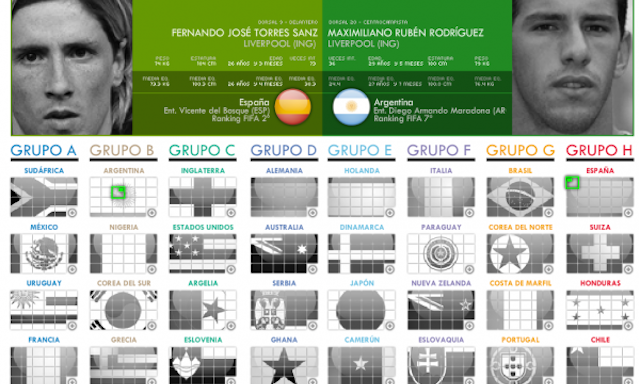
Over the past couple of years we have experienced a number of key world events and stories that have triggered vast amounts of data and information outputs – the US elections, the financial crisis, Haiti earthquake, UK elections and the Iceland volcano are just a few that spring to mind.

Picked up via an article on a BBC tech blog, below is a video from the Mashable’s YouTube channel showing the Apple App Store visualisation ‘hyperwall’
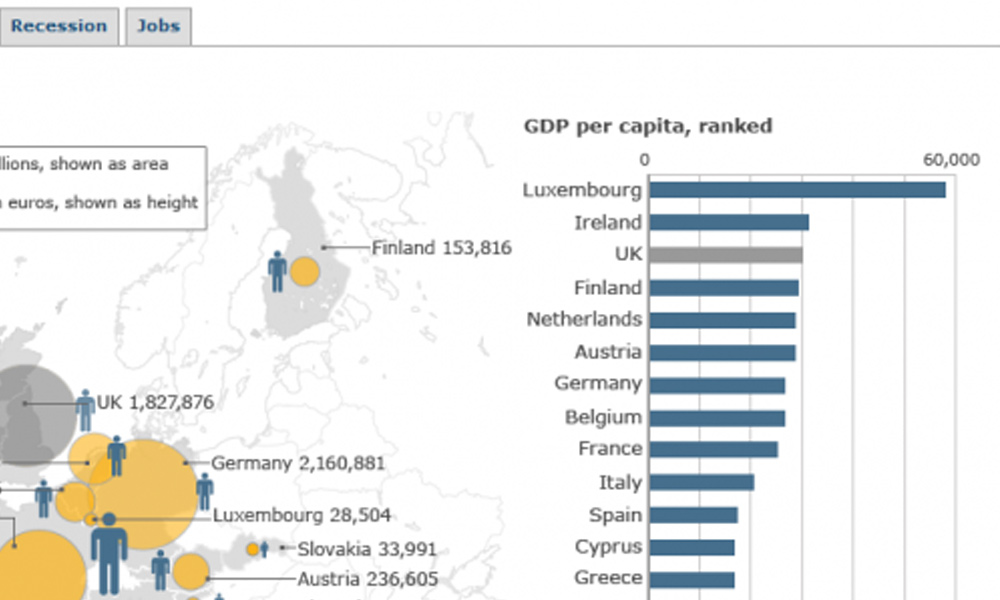
The BBC has published a set of graphics to support their analysis of the (re-) increasing financial crisis across the Eurozone. The first graphic (debt) presents

Lazy pun, I know, but it’s hard not to be lethargic after the fantastic weather we’ve had here in England. According to records it is

Having picked up a recent blog post by Stephen Few about a graph that had been promoted as an example of good practice by Oracle’s

I’ve been sent a link to an interesting new service offered by 3M (who despite apparently having a portfolio of 55,000 products I still think
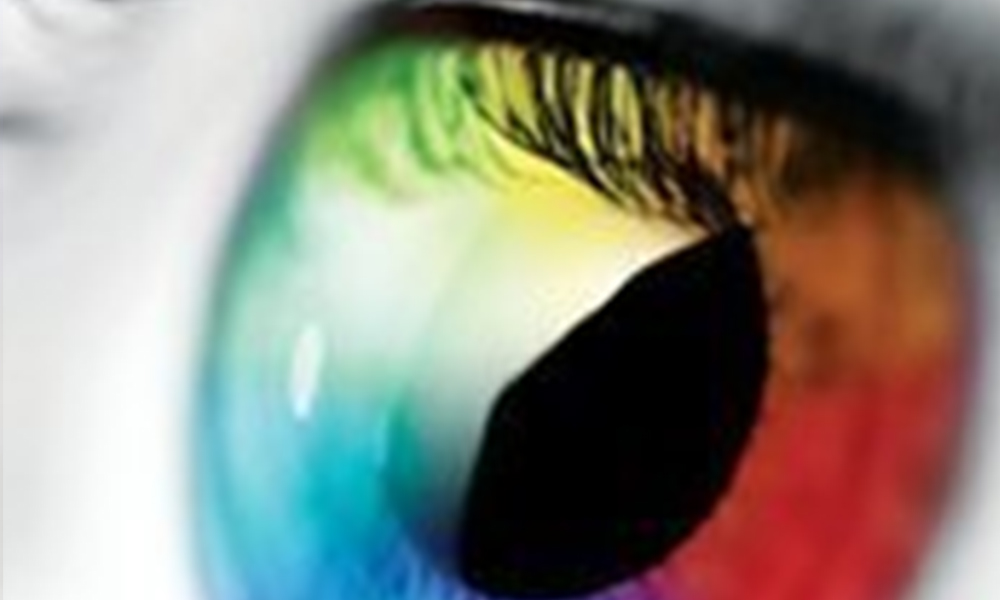
Not sure how and why I’ve missed this publication for so long but today I’ve come across Information Age magazine having unearthed links to a couple
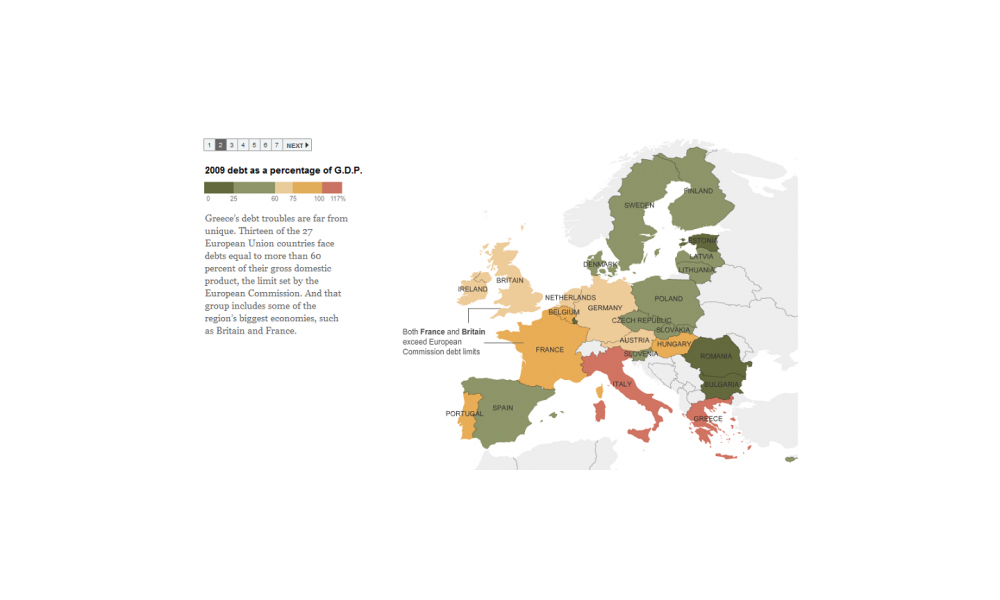
Via The Big Picture website I’ve come across a New York Times graphic sequence explaining the national debt levels across European states. The sequence presents

The trickle of government bodies and large-scale organisations freeing up their data for transparency, scrutiny and creative exploration is quickly turning into something of a flow.

Here are some of the most relevant, interesting and useful articles I’ve come across during April 2010. I don’t necessarily agree with all the principles, opinions or advice presented in these links but sometimes consuming such information can only help enhance your knowledge on a subject:
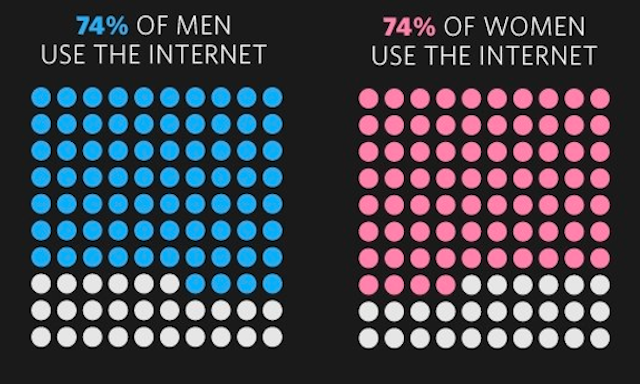
I’ve come across an infographic today (via cool infographics) that was originally published in February on Focus.com, a business expertise exchange and research service. I’ve shown the full length of the graphic below, a larger version can be accessed here.

The Guardian has put together a photo gallery showing shots of some of the election night TV coverage through the years right up to some of

Visitors to the site will notice a new collection of icons and links on the right sidebar that connect to the Visualising Data social web

With only a few hours to go before the UK general election polls open, the level of interest and media exposure is reaching fever pitch.

Here are some of the most relevant, interesting and useful articles I’ve come across during March 2010

Another interesting challenge presented by Nathan at FlowingData to improve the design and clarity of message of the graph presented below which displays the results of a study investigating obesity rates at different ages across people who were born in different cohorts of years.
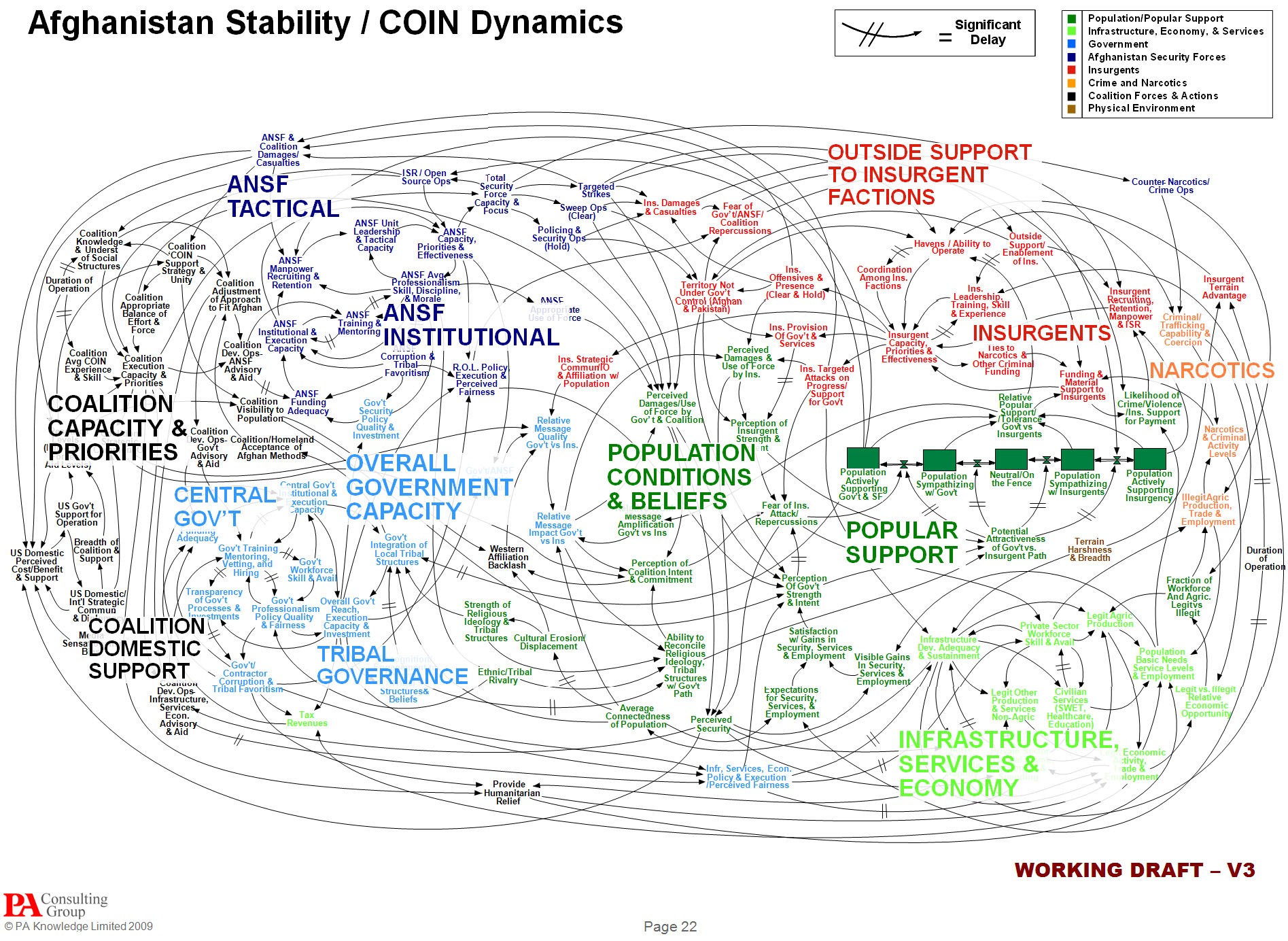
There has already been a great deal of coverage across visualisation-related blogs and news sites about the reaction of General McChrystal, the leader of American

It is disappointing to hear about the escalation of the stand-off between Adobe and Apple with regards to Flash, the multimedia platform that enables designers

As I have mentioned several times before, my post strategy for this blog aims to minimise lazy repackaging and regurgitating of posts from other sites. It gets very boring when you end up reading about the same article several times across different sites and so I don’t want to add to this.

Bit of a tangent from normal posts but I was interested in this promotional campaign by IKEA for their kitchen design service. They have rendered

With the UK election process very much reaching its peak in terms of anticipation, discussion, debate and spin I thought I’d follow up my earlier